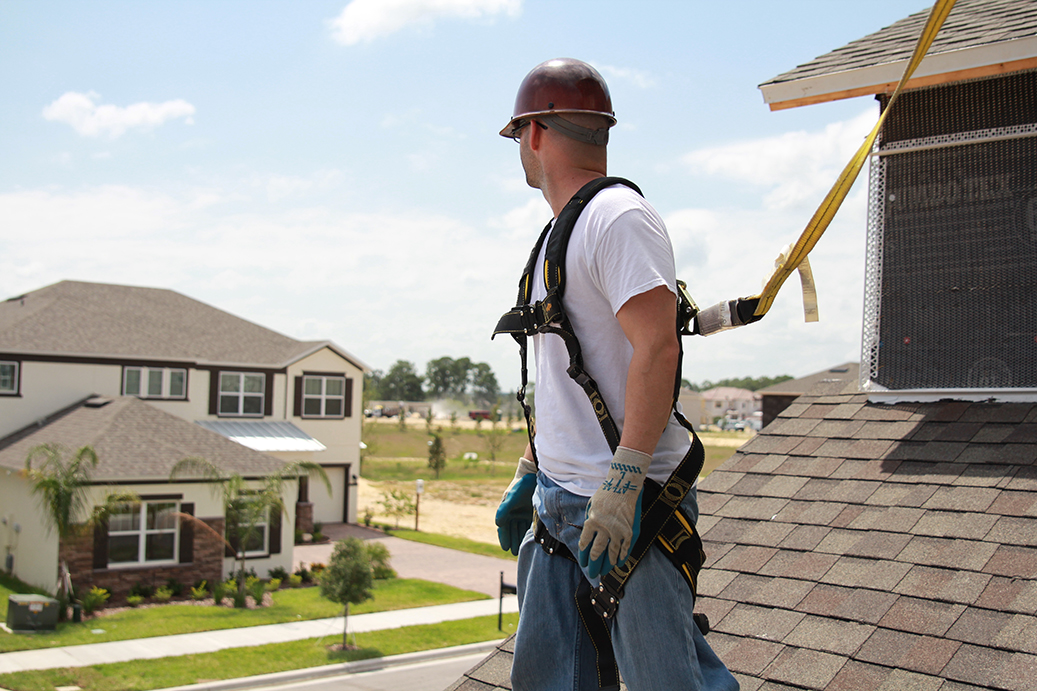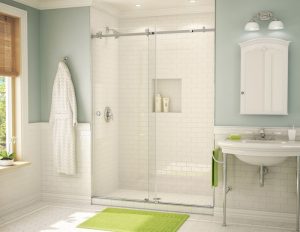
Construction industry is aiming for higher altitudes with every passing day, literally. With increasing heights of structures being built, the likelihood of fall hazards at construction sites also has increased. Statistics of falls in the construction sector indicate that precautionary measures are not followed in full earnest.
Introduction to Anchor Points
Fall protection systems are a part of the safety measures that have evolved over the years to protect or prevent workers from fall during duty time. Roof safety anchor points play a very important role in fall protection mechanism. They are normally fixed on rooftops and then other equipment like life lines, harnesses, lanyard are connected to it thus protecting a worker against a fall.
Though it appears as simple piece of equipment, in reality anchor point is a marvellous piece of engineering brilliance. It is supposed to withstand a standard static load and an ultimate force. Static load comes into play when the anchor point is subjected to a continuous load while a task is being carried out. Ultimate force is the one-time force that the anchor point is subjected to, in a fall scenario.Load requirement standards that an anchor point should withstand is a static force of around 1000lbs and an ultimate force is 5000lbs.
Selection of Roof safety anchor points involves deciding which anchorage solution is best suited for the task needed to be undertaken, it’s load bearing capacity, it’s energy absorbing properties anywhere on the roof is the anchor point to be installed.Equipment like eye bolts, beam clamps etc. also need thorough inspection by appropriately qualified person.
Variety of Anchor Point Types
Permanent and temporary anchor points are available.
Roof Safety Anchor Points include
- Portable Weight Anchor: It can be assembled in a short time and arresting force is applied on a central raised projection.
- Single Point Anchor: It is suited for a wide range of roof styles as standing seam, concrete, membrane/built up, wood and metal sheathing etc. Can be installed easily.
Depending on the types of roofs, anchor points also vary accordingly.Advances in anchor point manufacturing technology have made invalid the pre-condition ofexistence of structure for penetration while installing the anchor points.
Conclusion
Depending on the task at hand, there are a variety of anchorage solutions available at competitive prices and superior quality. Having described Roof safety anchor points, installation and testing of the same by a qualified person is of utmost importance.It is better being height safety standards compliant than risk facing legal action for non-compliance.Attaining compliance can provide a safe working environment.








